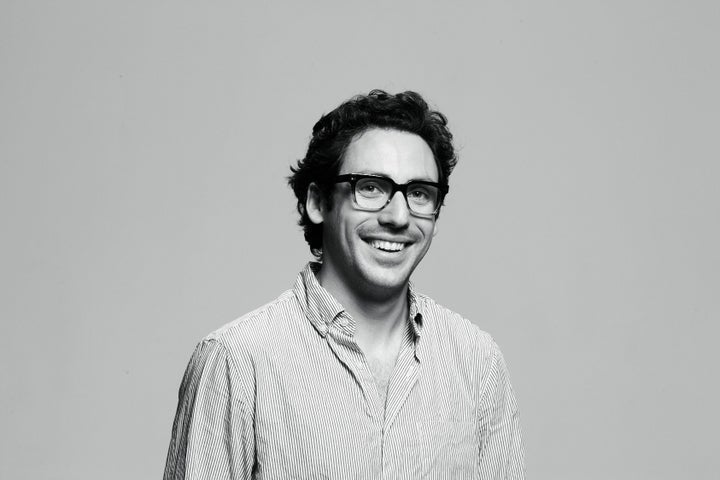
Everyone knows that glasses have gone from an "Office Space" stamp of nerddom to a dose of instant, "Mad Men"-inspired cool. But when it comes to glasses and purveyors of them, Neil Blumenthal and Warby Parker are standouts.
As the former director of the nonprofit VisionSpring, Blumenthal spent half a decade working to bring vision to the 1 billion people he says don't have access to the glasses they need. Now, as one of the founders of Warby Parker -- the hip online retailer of frames and lenses that lets users try on five styles free before purchasing one -- he's still working to close that gap.
Blumenthal, who started Warby Parker with Wharton Business School classmates David Gilboa, Jeffrey Raider and Andrew Hunt, told The Huffington Post that the idea behind the company was simple: "We went into a glasses store and left feeling ripped off, so we thought, 'What if we could drastically reduce the cost of glasses but still create beautiful frames that we wanted to wear ourselves?'"
The company launched a "Buy a Pair, Give a Pair" program, which operates exactly as it sounds -- Warby Parker will donate a pair of glasses to a community in need for every pair purchased on their website.
To date, they've donated over 75,000 pairs to more than 36 countries from Afghanistan to Sierra Leone to Costa Rica.
Blumenthal said obtaining a pair of glasses may raise someone's income as much as 20 percent -- the equivalent of an extra day's work per week.
"Glasses are an incredible tool in fostering economic development and creating jobs, and at the end of the day, that's what people want most -- whether you're in New York or in a poor village in Bangladesh," he said. "People want jobs and the best international development programs create these jobs."
What makes Warby Parker's program stand out -- as opposed to a number of other buy-one-donate-one programs that have become popular in recent years -- is the company's distribution model. By partnering with organizations like Restoring Vision and The Sunshine Lady Foundation, VisionSpring is able to foster entrepreneurship and economic development in developing nations.
There are three main channels of distribution the company supports. The first pathway is social enterprise, through which low-income women are trained in starting a business and selling the glasses themselves, usually for $4 a pair.
Blumenthal said VisionSpring has trained "several thousand vision entrepreneurs distributing several hundred thousand pairs of glasses a year."
By maintaining a purchase model, Blumenthal says VisionSpring is able to "avoid the culture of dependency" while creating an incentive for the continued distribution of new frames to the community.
The other two ways the glasses are distributed are local eye clinics and groups of American eye doctors that travel to low-income areas to give free eye exams and distribute glasses, and nonprofit organizations that provide the frames to specific communities.
VisionSpring and Warby Parker even endeavor to provide frames that complement the fashions of the local community. "Fashion matters no matter where you are in the world, and this is something I saw from New York City to rural Ghana," Blumenthal said, adding that while those in India and Bangladesh may favor gold and gunmetal grey wire frames, people in El Salvadaor and Guatemala often prefer acetate glasses.
Once the local styles are identified, VisionSpring uses funds from partners like Warby Parker to contract factories to build the frames. In many cases, the factories were contacted by Blumenthal himself during his time at VisionSpring.
If the program seems like a tall order, Blumenthal says it's merely a part of the company's DNA. A statement on Warby Parker's website says the founders started the company "to be a force for good in the world by considering each of our stakeholders in every decision we make. ... A pair of glasses can often define one's path either as a contributing member of the community or one subject to poverty."
"We make glasses that are the same quality as a $500 pair for $95, but even at that price, there are about a billion people who don't have access or simply can't afford them," he said. "That's about 15 percent of the world's population. At the end of the day, what matters is having glasses on someone's face so they can see to work or see to learn."